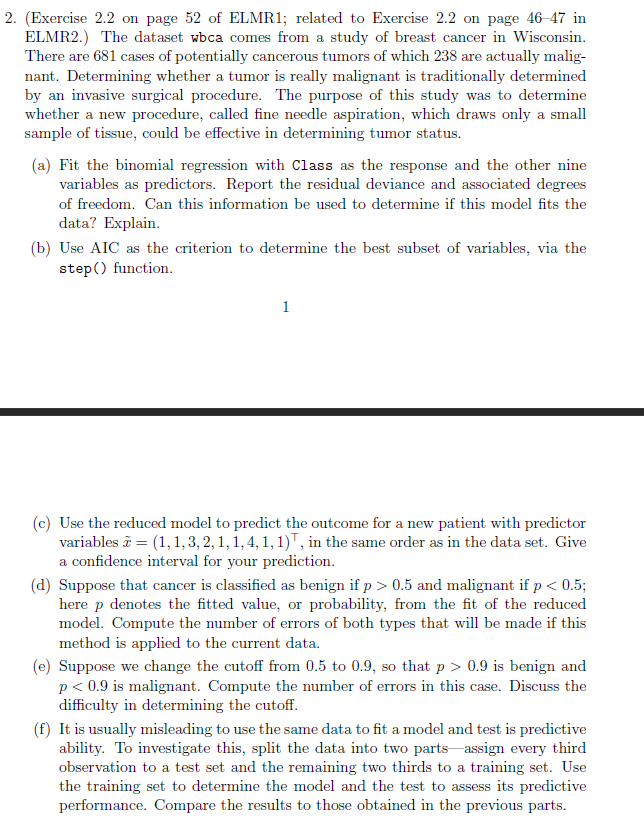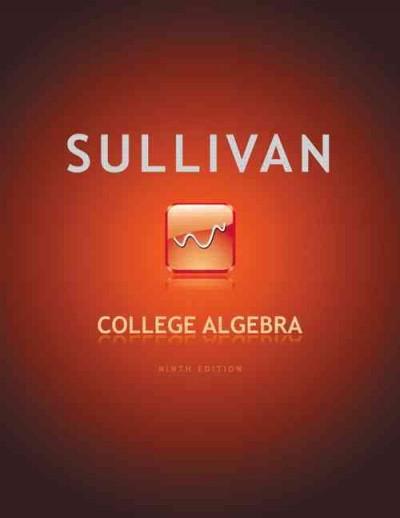Answered step by step
Verified Expert Solution
Question
1 Approved Answer
This comes from a problem from faraway-extending-the-linear-model-with-r. 2. [Exercise 2.2 on page 52 of ELMRI; related to Exercise 2.2 on page LIE4? in ELMR2.) The
This comes from a problem from faraway-extending-the-linear-model-with-r.

Step by Step Solution
There are 3 Steps involved in it
Step: 1

Get Instant Access to Expert-Tailored Solutions
See step-by-step solutions with expert insights and AI powered tools for academic success
Step: 2

Step: 3

Ace Your Homework with AI
Get the answers you need in no time with our AI-driven, step-by-step assistance
Get Started


